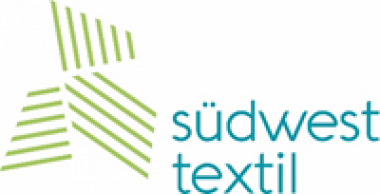Binnenmarktstrategie der EU: Recyclingwirtschaft stellt Forderungen
Die in der vergangenen Woche vorgestellte Binnenmarktstrategie der Europäischen Kommission setzt ein starkes Signal für einen funktionierenden europäischen Binnenmarkt – auch für Recyclingrohstoffe bzw. Sekundärrohstoffe.
Die Kommission erkennt an, dass der grenzüberschreitende Transport von Abfällen zu Recyclinganlagen innerhalb der EU vereinfacht und beschleunigt werden muss. Auch das EU-Maßnahmenpaket („Omnibus-Paket") für den Bereich Umwelt strebt den Abbau von Bürokratie und sektorübergreifenden Hürden im Abfallrecht an. Aus Sicht der europäischen Recyclingverbände sind dies überfällige und richtige Schritte.
„Die Kreislaufwirtschaft kann nur funktionieren, wenn Rohstoffe dort recycelt werden, wo sie am effizientesten verwertet werden können – unabhängig von Ländergrenzen“, betonen die unterzeichnenden Verbände VDM-Verband Deutscher Metallhändler, bvse-Bundesverband Sekundärrohstoffe und Entsorgung sowie BDSV Bundesvereinigung Deutscher Stahlrecycling- und Entsorgungsunternehmen in einem heute veröffentlichten Positionspapier.
Die Strategie kann dabei auch eine Brücke schlagen zwischen zwei entscheidenden Gliedern der Kreislaufwirtschaft: Recyclern und Schmelzwerken. Beide Seiten profitieren davon, wenn Rohstoffe möglichst reibungslos und ohne unnötige bürokratische Hürden von A nach B gelangen – sei es zur Erstbehandlung, zur Veredelung oder zur Wiedereinspeisung in industrielle Prozesse.
Konkret schlagen die Verbände vier Maßnahmen vor:
- Anhang 7 streichen statt digitalisieren – Für nicht gefährliche Abfälle wie Stahl- und Metallschrott soll das Mitführen des Anhangs 7 entfallen. Ein einfacher Lieferschein muss ausreichen. Die Digitalisierung löst das Bürokratieproblem nicht – sie verlagert es lediglich.
- Notifizierungsverfahren vereinheitlichen und beschleunigen – Sammelnotifizierungen für etablierte Recyclingströme sollten für fünf Jahre gelten, eine Genehmigungsfiktion bei Fristüberschreitung eingeführt werden.
- Keine Notifizierungspflicht für Elektroaltgeräte ab 2027 – Die geplante Pflicht zur Notifizierung nicht gefährlicher Elektroaltgeräte ab dem 01.01.2027 ist unverhältnismäßig und gefährdet funktionierende Handelsbeziehungen im Binnenmarkt.
- Innovationen ermöglichen – Die Grenze für Probemengen zu Testzwecken muss von 250 kg auf mindestens 15 Tonnen erhöht werden, um industrielle Bedingungen realistisch abbilden zu können.
„Die EU-Kommission hat mit ihrer Strategie die Richtung vorgegeben. Jetzt braucht es politische Entschlossenheit, die Recyclingwirtschaft von unnötiger Bürokratie zu befreien und den Binnenhandel endlich zukunftsfähig zu gestalten“, so das Fazit der beteiligten Verbände.
EU-Kommission Binnenmarktstrategie Kreislaufwirtschaft bvse-Bundesverband Sekundärrohstoffe und Entsorgung
bvse-Bundesverband Sekundärrohstoffe und Entsorgung
































